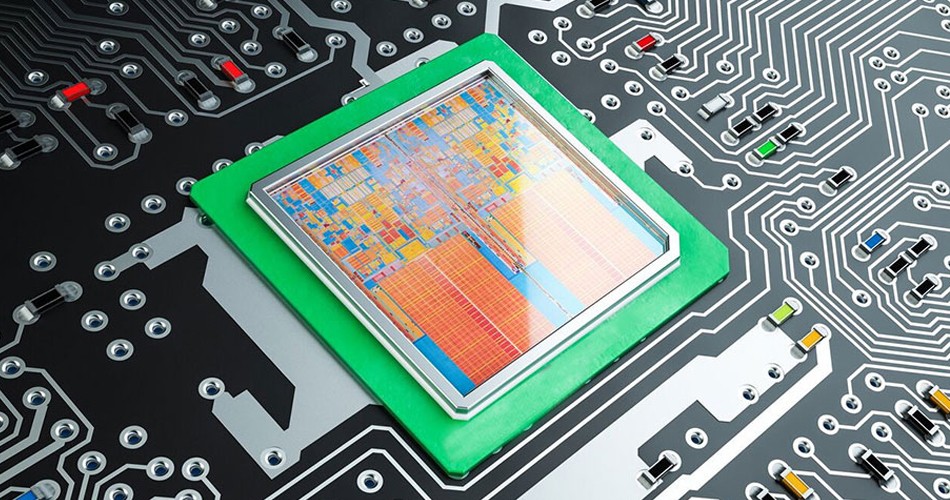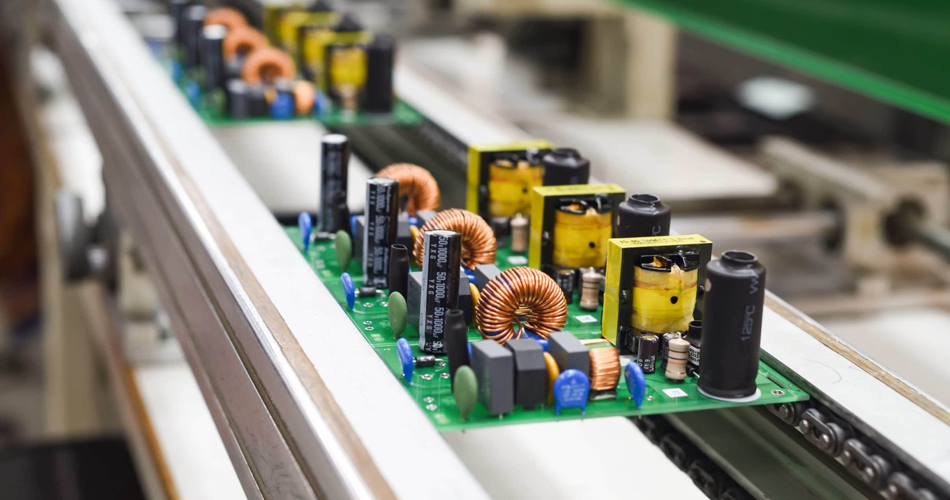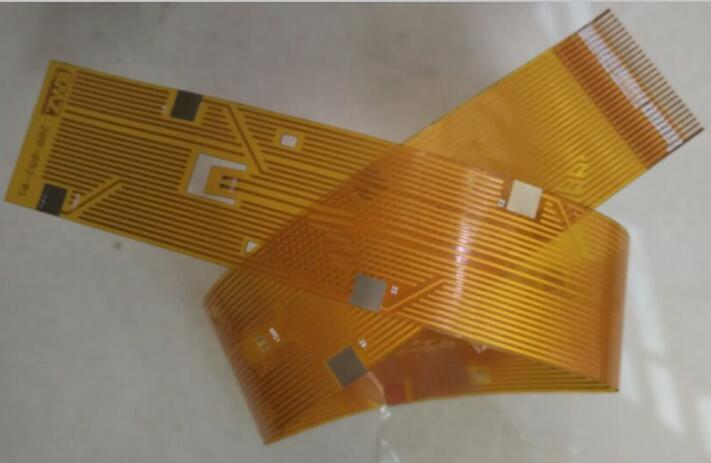
PCB manufacturing is to transform the circuit board design that meets the design specifications into a physical PCB. Outsourcing is usually done by contract manufacturers (CM) who strictly follow the specifications provided by the designer. Some key factors (such as PCB substrate selection, layout strategy, surface coating requirements) have been determined before manufacturing, and these factors may affect the manufacturing yield and product performance. Therefore, it is very important for any PCB designer and manufacturer to understand the PCB manufacturing process and its trends.
The growing demand for digitalization of consumer and industrial electronic products has driven many innovations in PCB manufacturing. Advanced PCB substrate materials such as epoxy resin and polyamide meet the development needs of the global PCB market. The recovery of PCBs is now receiving extensive attention to meet environmental and sustainability guidelines set by government authorities.

Communication and automobile industry are the main applications to promote the global PCB market. AI, IoT, 5G mobile communication and other technologies have also affected PCB manufacturers, bringing about a revolution in PCB design and manufacturing technology. We will introduce the latest PCB design and manufacturing trends.
1. Flexible printed circuit board
One of the fast growing trends in PCB manufacturing is the use of flexible PCBs because they can be transformed into any shape or size. The advantages of flexible PCB include smaller size, higher flexibility and a variety of substrate options. These characteristics make them most suitable for medical, wearable and other specific application requirements. In addition to Flex PCB, there is also Rigid flex PCB for compact product development.
2. High density interconnection
Automation in each area has led to increased demand for high-density interconnect (HDI) PCBs, which provide reliable and high-speed signal transmission. HDI PCB provides smaller wiring width, thus improving the wiring density. The reduced number of PCB layers also reduces the production cost. Therefore, HDI PCB is crucial in intelligent applications such as aerospace, medical and wearable technology devices.
3. High power PCB
With the focus on renewable energy such as solar energy, the demand for high-power PCB is growing significantly. The operating voltage range of most solar panels is 24 V to 48 V. In addition, electric vehicles also increase the requirements for high-power panels. Holding a durable battery pack will make the product run longer, which requires a high-power circuit board design with efficient heat dissipation.
4. PCB automatic mounting machine
PCB design technology also optimizes efficiency by introducing automatic placement and automatic routing into EDA tools. This automation is accelerating design time to market and improving quality. Looking forward to the future, CAD systems will be integrated with processes to improve design and simulation speed.
5. Intelligent device requirements
With the trend of connecting smart phones with smart homes or smart offices, the demand for smart devices is growing. Such applications require scalable and securely connected devices. This may be a huge source of revenue in the future, so PCB manufacturers are required to have flexibility and adaptability to occupy the market.
6. COTS components
These are off the shelf products for commercial applications, designed and assembled in whole or in part to accelerate the design process and other benefits. Because they comply with strict standardization and regulatory guidelines, they are an excellent choice for critical and space-based systems. In addition, they provide reliability and efficiency with low overhead. COTS components are widely used in the aerospace industry, and other fields may soon catch up with the trend.
7. Parts supply chain control
With the emergence of new applications, there are many opportunities to introduce new components. The need to avoid counterfeit components from the supply chain is growing. This is very necessary for medical equipment, artificial intelligence, virtual reality and other key applications. New PCB manufacturing methods are needed to control this problem, such as implanting a microchip inside the component to prevent counterfeiting.
8. Internet of Things PCB
Compact, portable and reliable IoT devices have prompted PCB manufacturers to adopt security features to prevent tampering. The IoT PCB must comply with specific standards and regulations to meet the required security.
9. Biodegradable polychlorinated biphenyls
Traditional PCB is difficult to achieve harmless treatment, because it contains a lot of non degradable chemicals. The discarded PCBs cause e-waste, which has increased the global concern on e-waste management. Biodegradable polychlorinated biphenyls are the key to solve this problem, and PCB scrap metal recycling is also required.







